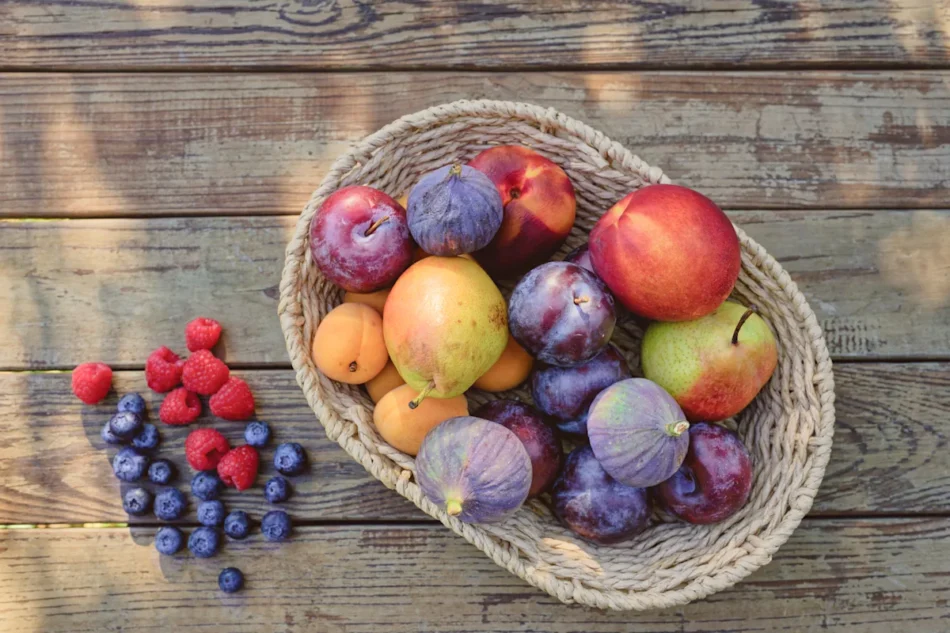As the cooler weather sets in, fall marks the arrival of a new harvest. Farmers’ markets and grocery stores begin stocking apples, pears, persimmons, pomegranates, and cranberries, fruits that are at their peak during this time of year. Knowing how to choose and store them can make the difference between bringing home fresh, flavorful produce and buying fruit that’s already past its best.
The harvest comes only once a year, and it’s worth enjoying while it’s here.
How to pick out the best apples?
Apples are the must-buy produce in the fall season, with varieties ranging from tart Granny Smith to sweet Honeycrisp, Fuji, and Gala. Each variety has a different texture and flavor, but there are a few things that ensure their freshness.
Choose apples that feel firm and solid in the hand. The skin should be smooth and free of large bruises or soft spots. A dull or wrinkled surface typically indicates that the fruit has been sitting for too long. Softer apples should be eaten within one to two weeks, and fresh ones can be refrigerated for several weeks. If you’ve bought more apples than you can consume, there are several ways to preserve them. Also, you can use them for baking.
How do I tell if a pear is ripe?
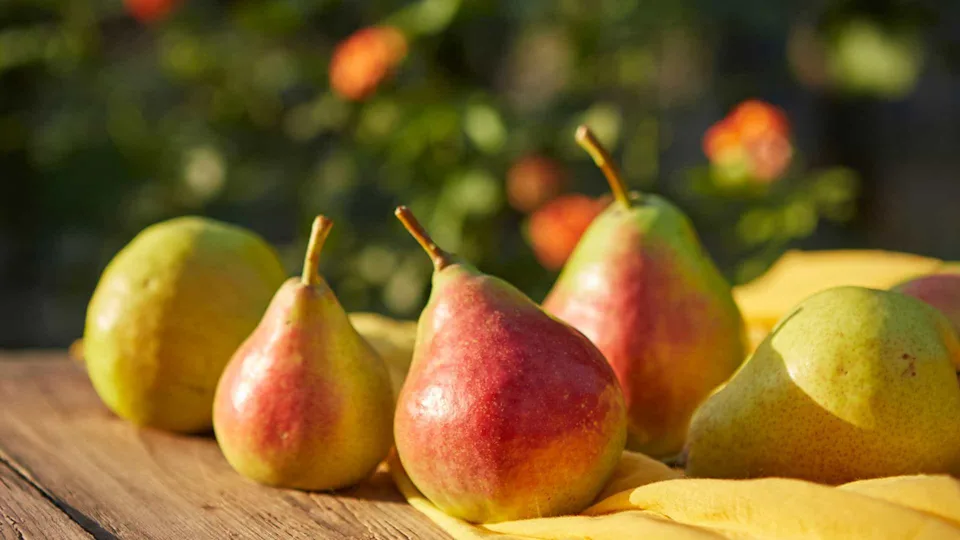
Pears are typically picked before they soften, meaning most store-bought fruits will continue to ripen at home. They also come in different varieties, such as Bartlett, Bosc, and Anjou, and each ripens at a different pace.
But, how to tell if a pear is ripe or not? Apply gentle pressure near the stem to see if they are ready to eat. If it gives, it’s ripe and ready to eat. Pears that are still hard should be left at room temperature until they soften. Once ripe, store them in the refrigerator to slow further ripening or use them up in baking.
What should I look for when buying figs?
Figs have a short window in late summer and fall. They are fragile and do not last long after they are picked. Therefore, you should select them carefully.
Look for fruit that is soft but not overly soft or mushy. The skin should be intact, though slight wrinkling is normal. Avoid figs that are leaking liquid or have a sour smell. They should be eaten within two days of purchase, or can be stored in the crisper drawer for up to a week.
How do I choose the best persimmons?
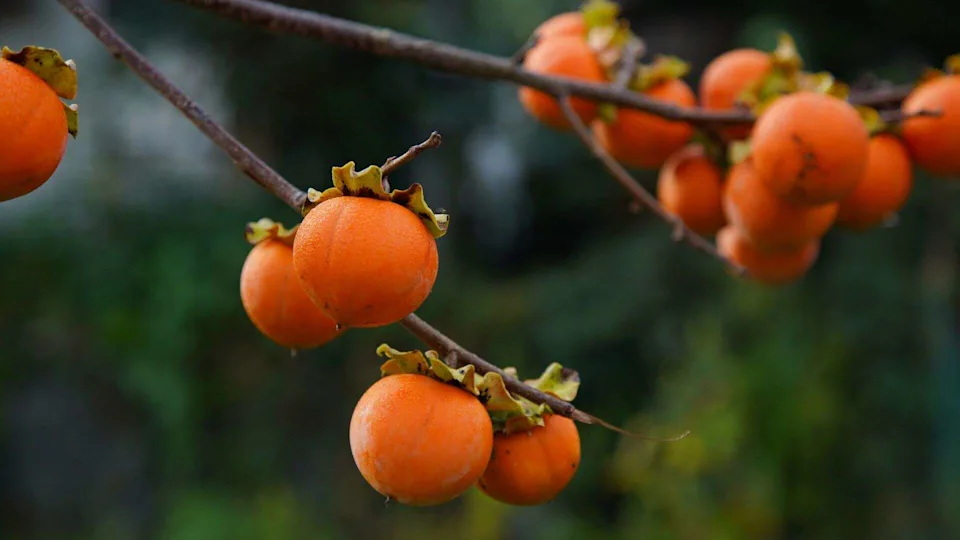
Persimmons are some of the sweetest fruits of fall. You can find two main types of persimmons in stores: Fuyu and Hachiya. Fuyu persimmons are squat and can be eaten while firm, while Hachiya persimmons are longer and must be ripe before use.
When purchasing Fuyu persimmons, choose those with bright orange skin and no large blemishes. They can be eaten while crisp, similar to an apple. Hachiya persimmons should be left at room temperature until they feel very soft. If eaten too early, they will taste bitter and astringent.
What should I check when buying grapes?
Grapes are widely sold throughout the fall, with many varieties available, including Concord, Red Globe, and seedless table grapes. They are often at their sweetest late in the season.
Look for bunches with plump grapes firmly attached to green stems. If you notice a light, white coating, known as bloom, it is a natural sign of freshness. Avoid bunches with shriveled grapes or brown stems, as they are not as fresh. Grapes should be refrigerated, unwashed, and generally last about a week.
How do I know if a pomegranate is ready?
Pomegranates start harvesting in September and are available through much of the fall. The edible part of the fruit is the arils, which hold the juice and seeds. However, not all pomegranates are sweet and juicy.
When buying pomegranates, look for them by their weight. Heavy pomegranate means the arils are full of juice. While minor surface scratches are common, avoid fruit with cracks or soft areas. Whole pomegranates can be stored in the refrigerator for weeks, but once seeded, the arils should be eaten within a few days.
How do I tell if cranberries are fresh?
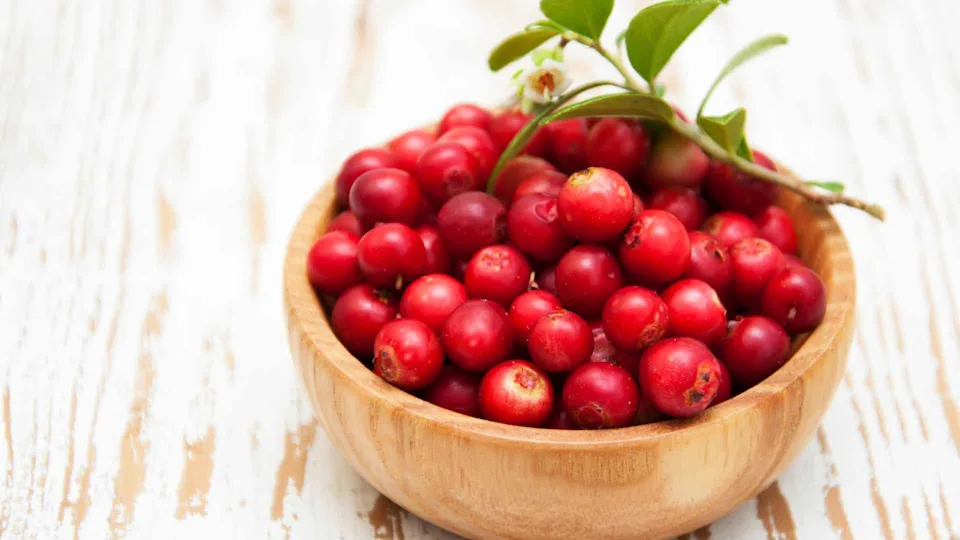
Cranberries are sold fresh from mid-September through December. They are firm berries that stay fresh for extended periods compared with many other fruits.
Fresh cranberries should be bright, glossy, and firm to the touch. You can do a simple bounce test by dropping one on a counter. If it’s fresh, it will bounce. Shriveled or brown berries should be avoided. You can store cranberries in the refrigerator for several weeks or freeze them for more prolonged use.
How do I select good citrus fruits in the fall?
Late fall marks the start of citrus season, with mandarins, satsumas, and early oranges arriving in markets. These fruits persist into winter, but they first appear as temperatures drop.
Choose citrus that feels heavy in the hand, since weight reflects juice content. The skin should be mostly firm, though some loose skin is typical for certain varieties. Avoid fruits with large, soft spots or shriveled areas. Store them in a cool place for short periods or in the refrigerator for lasting freshness.
Tips for picking the best fall fruit
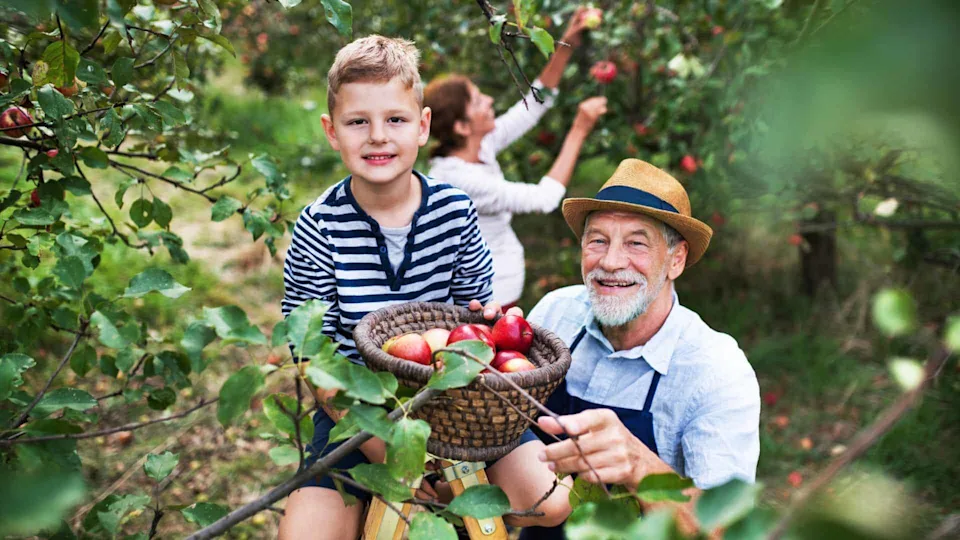
Most people grab fruit quickly while shopping, without checking their freshness, only to be disappointed later. A little attention ensures that the fruit tastes good when you eat it and doesn’t spoil as soon as you bring it home.
Here are some simple tips to keep in mind when shopping for fall fruit:
-
Apples: Firm, heavy, and without bruises, refrigerate for up to weeks.
-
Pears: Gentle stem pressure shows ripeness; refrigerate once soft.
-
Figs: Soft but intact; eat within two days.
-
Persimmons: Fuyu can be eaten firm; Hachiya must be very soft.
-
Grapes: Plump on green stems; refrigerate unwashed for about a week.
-
Pomegranates: Heavy and richly colored; seeds last for days once removed.
-
Cranberries: Firm, glossy, deep red; refrigerate or freeze.
-
Citrus: Look for heavy fruit; refrigerate to keep it fresh for a longer period.
Fall fruit has a short season, which is why many families make the most of it while it lasts. Some people bake apples into pies or cakes, or cook cranberries into sauces for holiday tables. Others slice persimmons for a snack or add pomegranate seeds to a salad or bowl of yogurt.

